Art World
A New Graphic Novel Tells the Origin Stories of the Superheroes of Feminist Art History—See Images Here
The book highlights Judy Chicago, Faith Ringgold, Ana Mendieta, and the Guerrilla Girls.
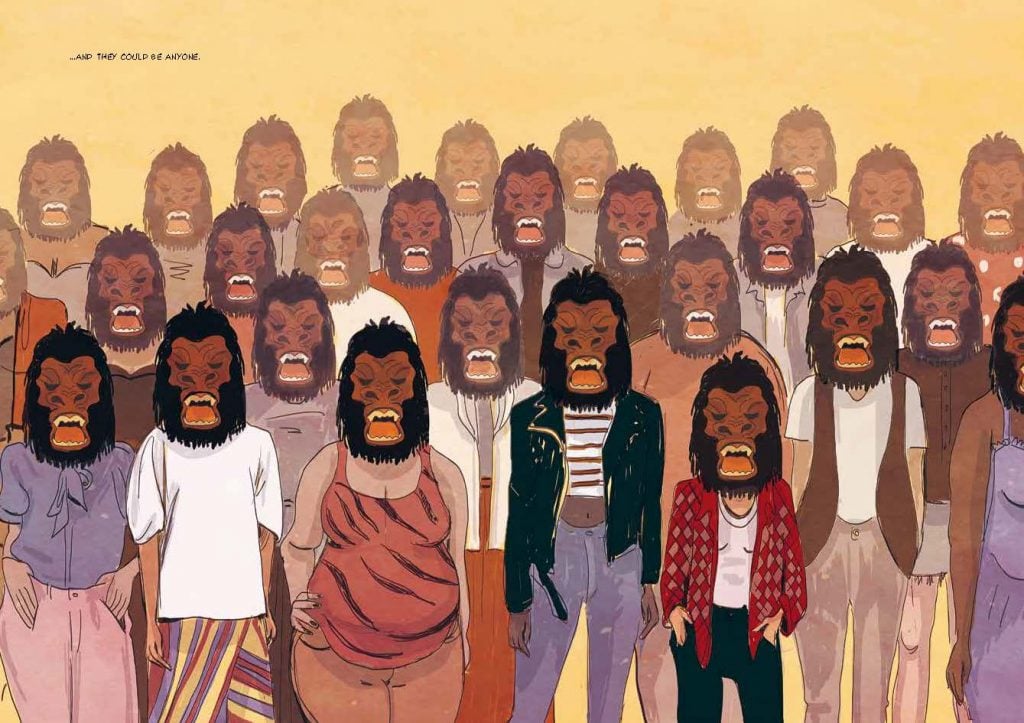
The book highlights Judy Chicago, Faith Ringgold, Ana Mendieta, and the Guerrilla Girls.

Sarah Cascone

A new graphic novel about four of the leading figures in feminist art history does more than celebrate the legacies of Judy Chicago, Faith Ringgold, Ana Mendieta, and the anonymous collective the Guerrilla Girls. The Women Who Changed Art Forever: Feminist Art – The Graphic Novel, out August 31 from Laurence King Publishing, recounts their lives essentially like superhero origin stories.
Written by Valentina Grande, a talented storyteller, and illustrated beautifully by Eva Rossetti, the book weaves together tales from each artist’s childhood to help explain their commitment to boundary-breaking feminist art.
We spoke with Grande about the book, the importance of learning feminist art history, and what inspired her to share these artists’ stories in graphic novel form.
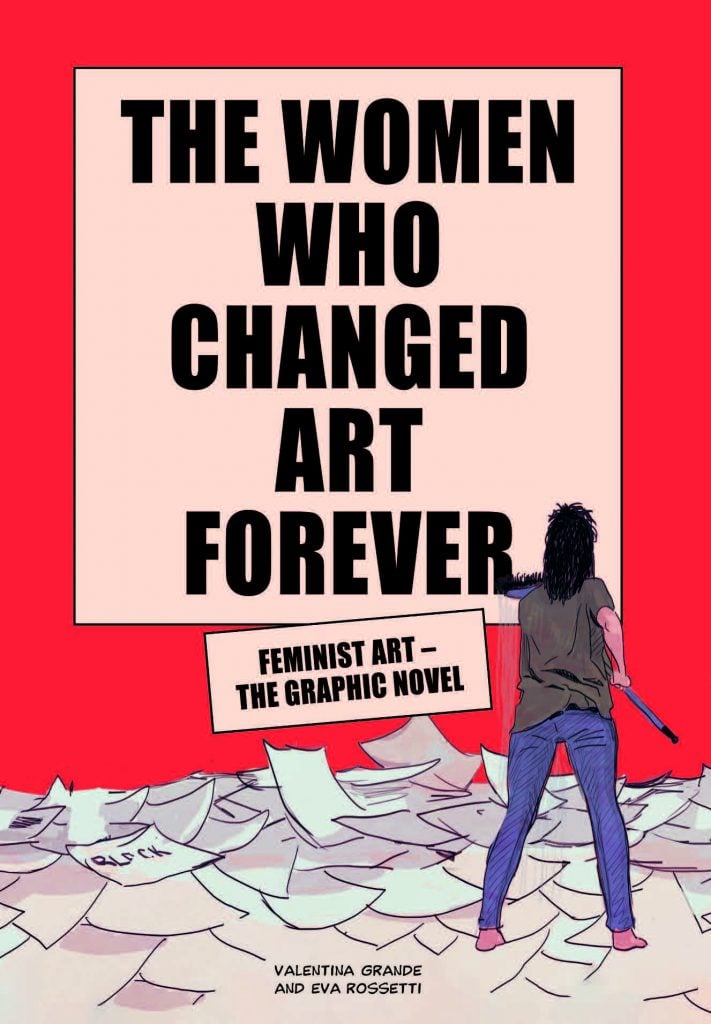
The Women Who Changed Art Forever: Feminist Art – The Graphic Novel by Valentina Grande and illustrated by Eva Rossetti. Courtesy of Laurence King Publishing.
When did you first get interested in art history, and when did you become aware of the lack of attention paid to women artists and their work?
My interest in art history casually began when I was 12 years old. Walking by the newsstand, I used to buy magazines teaching readers how to understand art. At the time, I only knew the names of four famous female artists: Artemisia Gentileschi, Mary Cassatt, Berthe Morisot, and Frida Kahlo. After getting my bachelor’s degree in literature, I decided to pursue a master’s degree in the history of art. I asked my contemporary art professor for career advice; she asked me if I was well-off because this field of study was not going to get me a well paid job, nor even a steady income.
I wasn’t rich or wealthy, so I decided not to try taking the admission test. During that contemporary art class, though, I learned about Ana Mendieta, Gina Pane, Cindy Sherman, and many other artists who were nowhere to be found in common textbooks. Our professor taught us about them through additional lecture notes. I wondered why they were so overlooked, but it was only through years of feminist activism that I’ve developed a political consciousness about the issue.
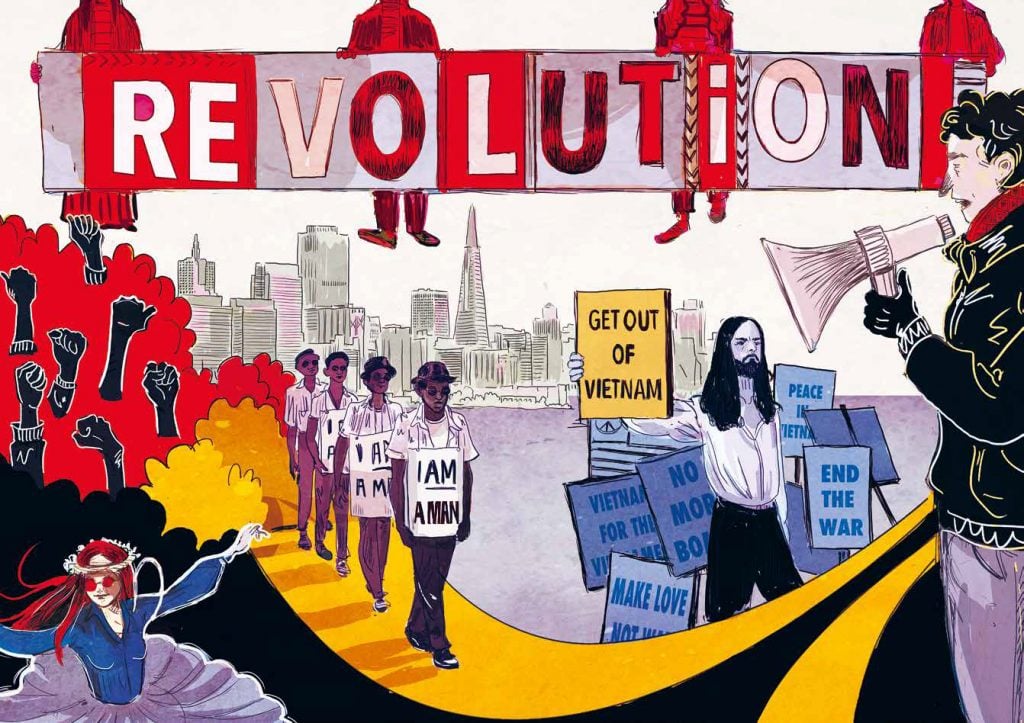
A spread in The Women Who Changed Art Forever: Feminist Art – The Graphic Novel by Valentina Grande and illustrated by Eva Rossetti. Courtesy of Laurence King Publishing.
Why do you think it is still important to celebrate the accomplishments of feminist artists?
The artists whose lives we narrate in the book have worked their way through to become visible, but the artistic movement they identified with prevented them from displaying their work in exhibitions, galleries, and retrospectives. They have paved the way for future artists to be recognized and listened to. Most importantly, they have brought out the importance of self representation, through the re-appropriation of their own history, for the sake of a future common heritage relying on a narrative against any discrimination based on gender.
What sources did you use to research this project? Are there any books you would recommend to readers who are interested in learning more about feminist artists?
The main books I based my work on are Art and Feminism by Helena Reckitt and Power of Feminist Art: The American Movement of the 1970s History and Impact by Norma Broude. Alongside these books, I have also drawn inspiration from Judy Chicago’s astounding Through the Flower and Faith Ringgold’s We Flew Over the Bridge autobiographies, which I highly recommend. I also recommend Where is Ana Mendieta?: Identity, Performativity, and Exile, an intense and crucial biography by Jane Blocker.
Last October, an interesting monographic work about the Guerrilla Girls was published, Guerrilla Girls: The Art of Behaving Badly. Although I wasn’t able to use it in our graphic novel, I recommend it as a reading.

Judy Chicago in The Women Who Changed Art Forever: Feminist Art – The Graphic Novel by Valentina Grande and illustrated by Eva Rossetti. Courtesy of Laurence King Publishing.
How did you narrow down your subjects to focus on just four artists? Would you consider doing a sequel featuring others?
When I started working on the subject, I found myself facing a difficult choice: Feminism is made by many voices—which ones are the most relevant?
The four chapters give the opportunity to discover a plurality of perspectives through the eyes of the artists, each one nurturing their own thoughts. Chicago was a pioneer of the movement. She witnessed its birth and worked on the re-appropriation of words, on the political choice of naming and representing those that were—and still are—taboos (blood, vaginas, tampons).
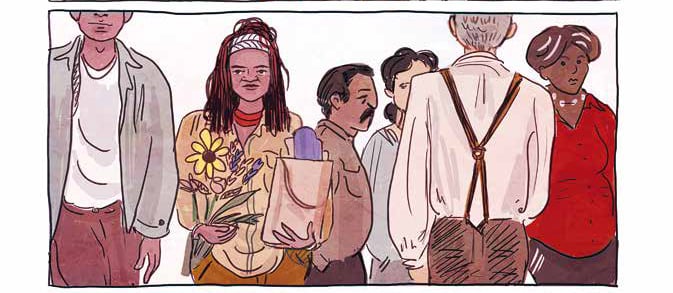
Faith Ringgold in The Women Who Changed Art Forever: Feminist Art – The Graphic Novel by Valentina Grande and illustrated by Eva Rossetti. Courtesy of Laurence King Publishing.
The second artist, Ringgold, reflected on the limits of the feminist movement of the 1970s, which was mainly composed by middle-class white women and lacked inclusivity toward the African-American people’s civil fight—which Ana Mendieta used to argue as well.
Mendieta, a Cuban refugee in the United States, worked on the concepts of origin and identity. What Mendieta searches for is the idea of returning, not back to the homeland, but to the origins of all things. This is where the myth of the Mother Goddess originates, representing the beginning and end of every human being.
The last chapter ends with the Guerrilla Girls, and fully represents the closure of this journey. They are feminist artists, they don’t belong to any geographical location, and they don’t own a specific identity. They represent all women, the past ones we forgot about and those who still fight for culture to be accessible to anyone and to represent any subjectivity.
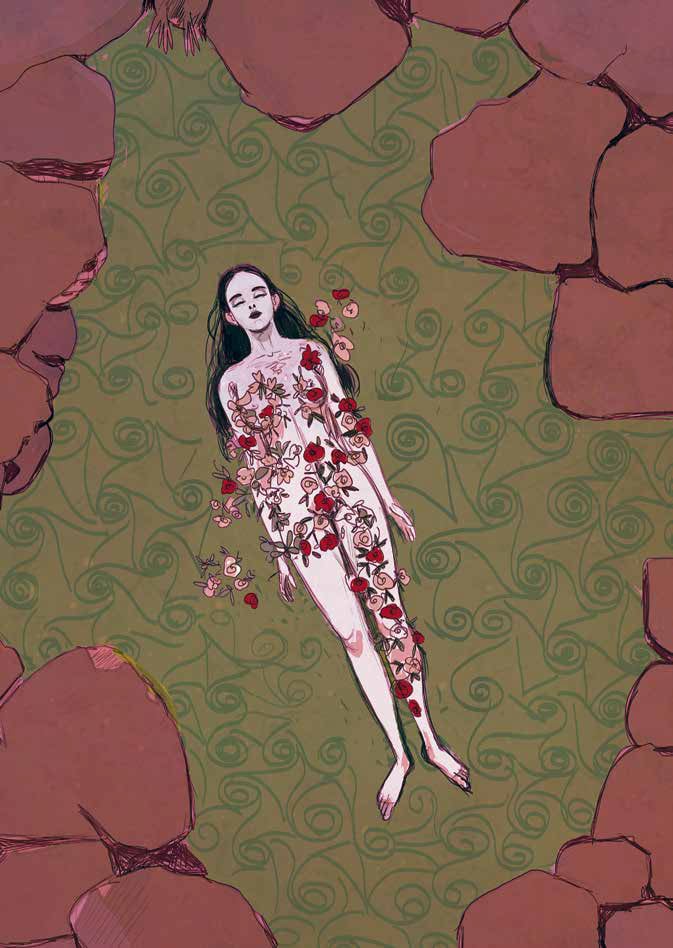
Ana Mendieta in The Women Who Changed Art Forever: Feminist Art – The Graphic Novel by Valentina Grande and illustrated by Eva Rossetti. Courtesy of Laurence King Publishing.
What do you think it will take for women artists to get equal representation in the art world?
Female artists, just as writers, scientists, and women working in any other field, have been—and still are—invisible and marginalized by the cultural and professional system in general. Numbers speak clearly and the Guerrilla Girls themselves have frequently talked about this issue. We could say the same about trans people, lesbians, non-white, and disabled people.
Patriarchy is still the dominant narrative. It is just by dismantling it piece by piece, making every single fight intersectional, translating political activism on a daily basis, each one working in our own field of competence, we could reach the radical change we hope for. This applies to the world of art and to the world we live in.
See more pages from the book below.
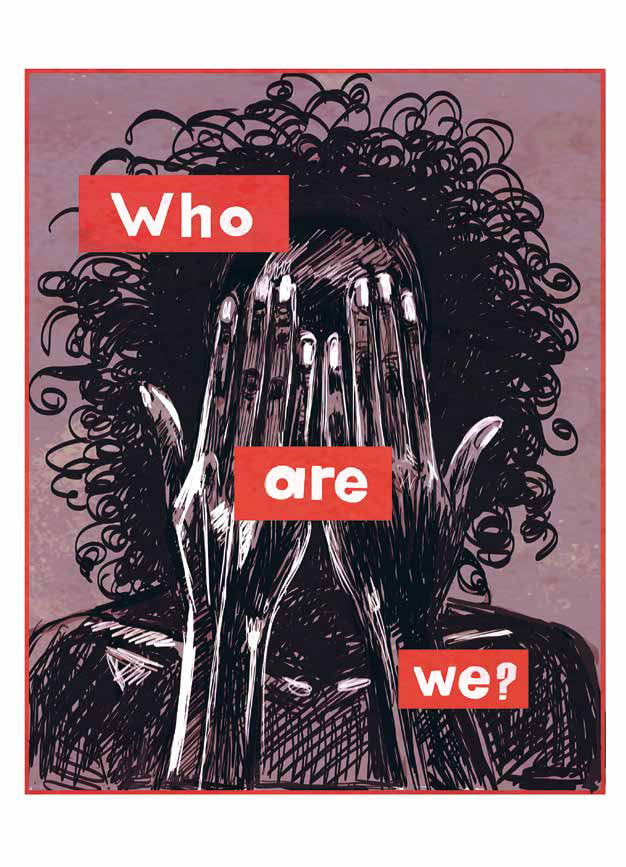
A Barbara Krueger-inspired page in The Women Who Changed Art Forever: Feminist Art – The Graphic Novel by Valentina Grande and illustrated by Eva Rossetti. Courtesy of Laurence King Publishing.
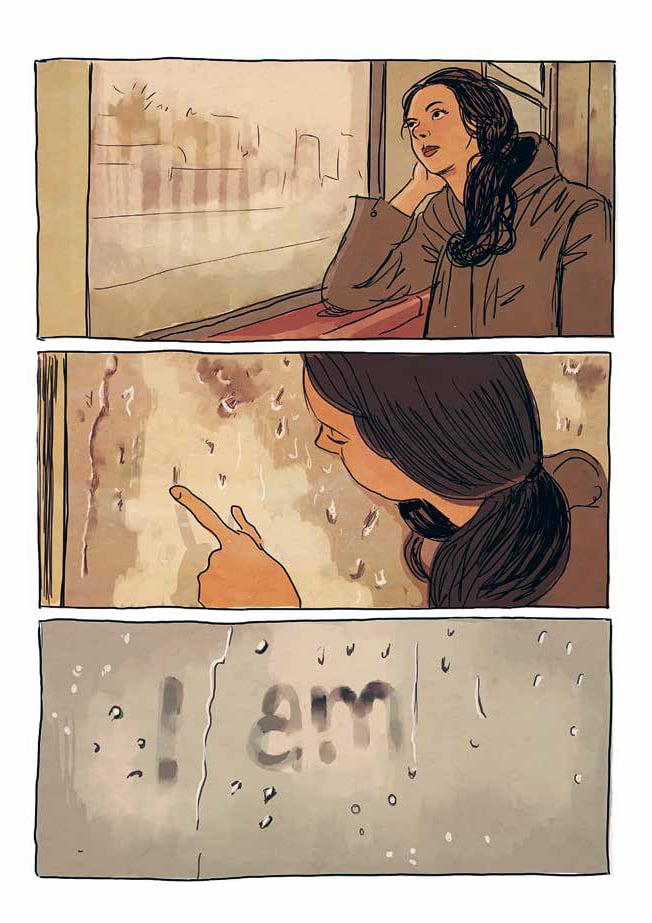
Ana Mendieta in The Women Who Changed Art Forever: Feminist Art – The Graphic Novel by Valentina Grande and illustrated by Eva Rossetti. Courtesy of Laurence King Publishing.
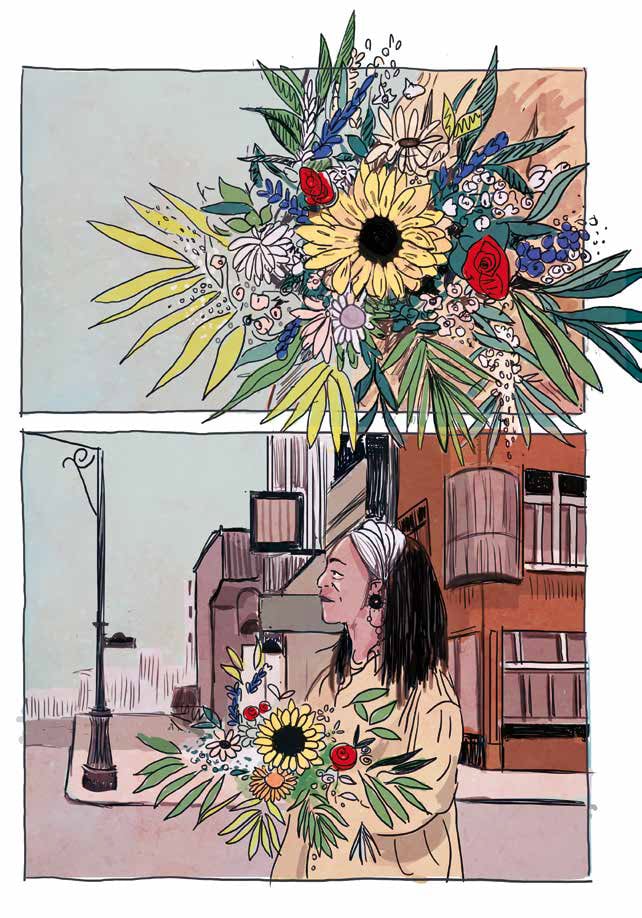
Faith Ringgold in The Women Who Changed Art Forever: Feminist Art – The Graphic Novel by Valentina Grande and illustrated by Eva Rossetti. Courtesy of Laurence King Publishing.
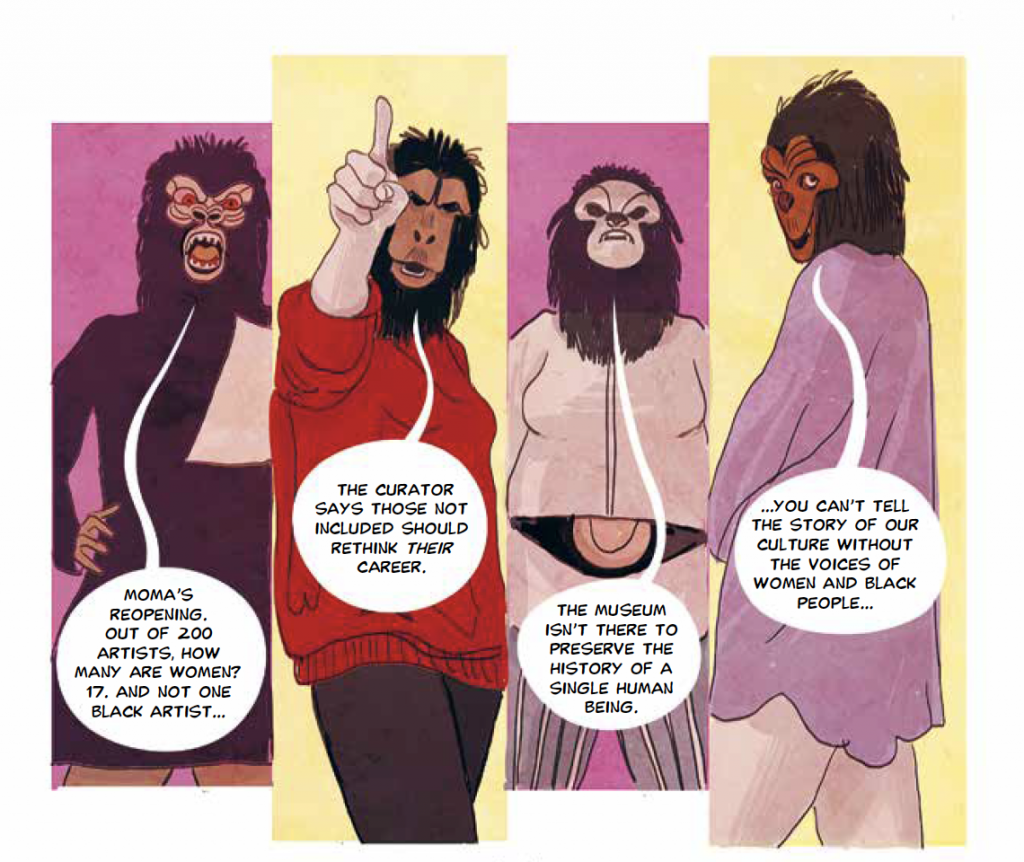
The Guerrilla Girls in The Women Who Changed Art Forever: Feminist Art – The Graphic Novel by Valentina Grande and illustrated by Eva Rossetti. Courtesy of Laurence King Publishing.
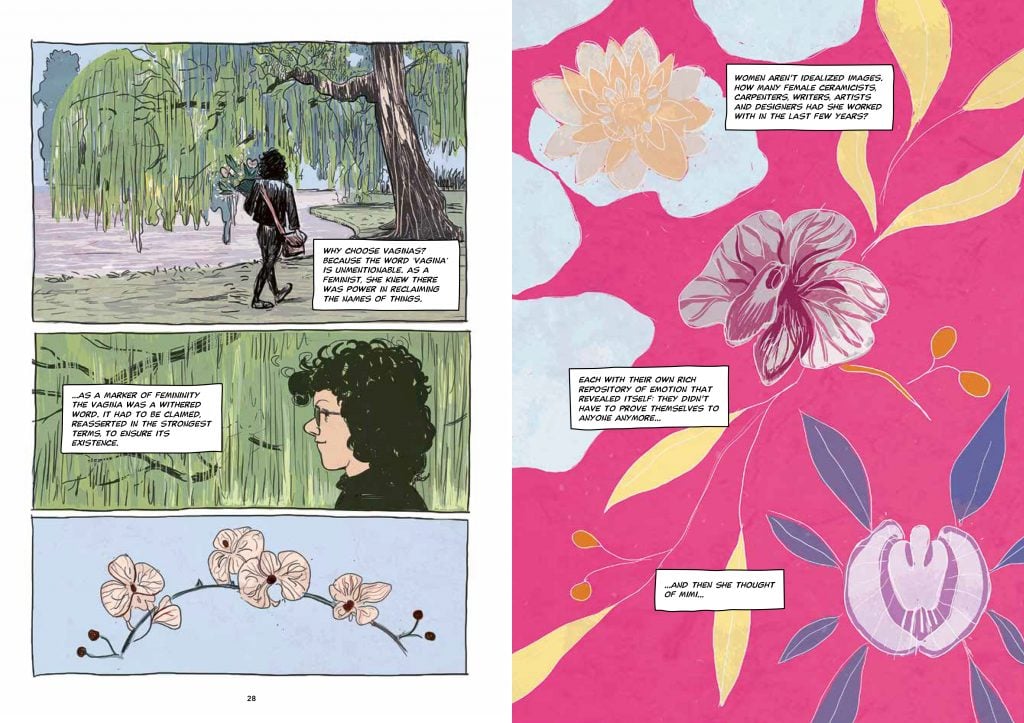
Judy Chicago in The Women Who Changed Art Forever: Feminist Art – The Graphic Novel by Valentina Grande and illustrated by Eva Rossetti. Courtesy of Laurence King Publishing.
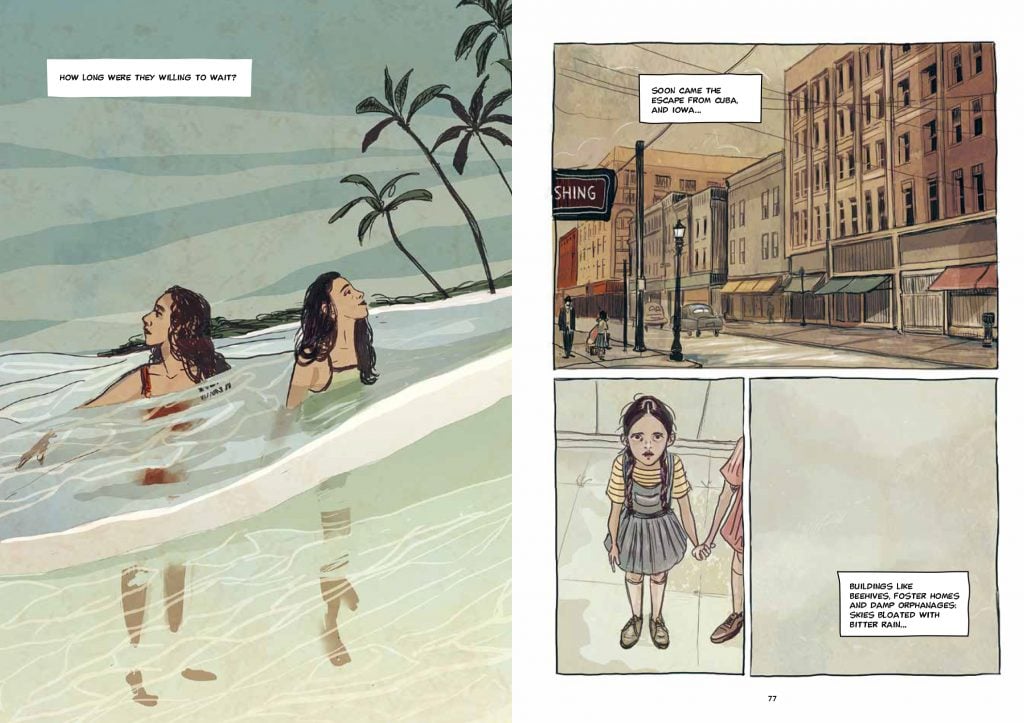
Ana Mendieta in The Women Who Changed Art Forever: Feminist Art – The Graphic Novel by Valentina Grande and illustrated by Eva Rossetti. Courtesy of Laurence King Publishing.
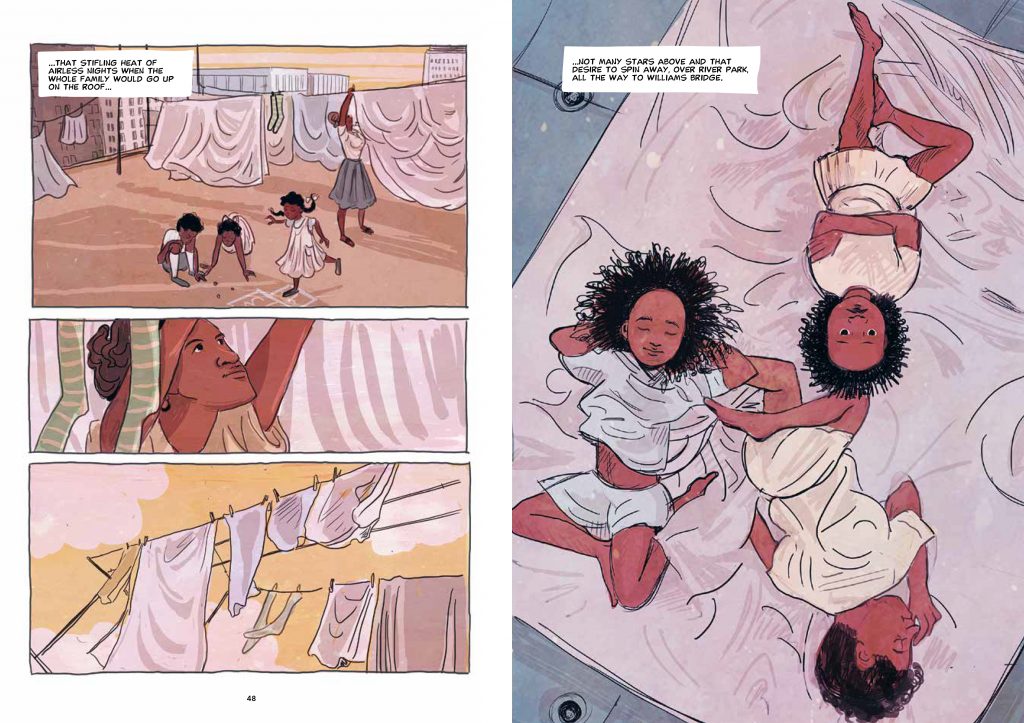
Faith Ringgold in The Women Who Changed Art Forever: Feminist Art – The Graphic Novel by Valentina Grande and illustrated by Eva Rossetti. Courtesy of Laurence King Publishing.